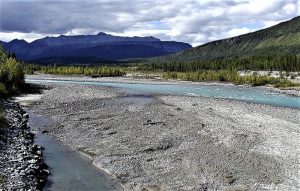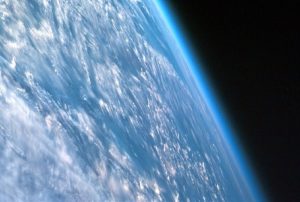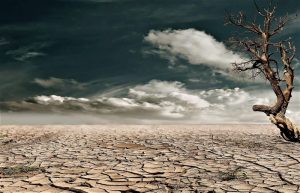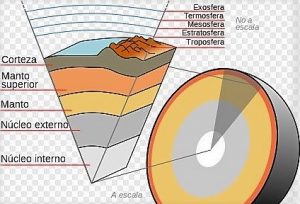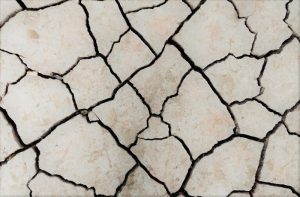Sedimentation
Sedimentation, in Earth's geological science, is the process of depositing a solid material from a state of suspension or solution into a fluid that is usually air or water, and then is transported to sediment basins. It also includes the different glacial ice deposits and those materials that are collected by gravity only, such as in astragalus deposits, or accumulations of rock debris at the base of cliffs. The term is commonly used as a synonym for sedimentary petrology and sedimentology. The sedimentation process has been known for a long time. It is generally considered by geologists in terms of textures, structures and fossil content of deposits established in different geographical and geo-morphic environments.
What is sedimentation?
Sedimentation is the process by which sediments are carried by water currents to areas known as sedimentary basins, such as rivers, reservoirs, lakes and canals, which allow these particles to be placed in place, altering the way areas look.
About sedimentation
Sedimentation consists of the placement and accumulation of materials that come from the results produced by erosion and that are transported until they reach a resting position. This material transfer can be carried out by means of natural agents such as rain, water or wind. This sedimentation can become wind, fluvial, marine and glacier. It consists of a kind of storage of materials and is considered as the last process of morphogenesis.
These deposits depend on the nature of the agent that transports them. It is important to remember that sediment is a solid material that accumulates on the surface of the earth and that arise from different actions or processes that occur in both the atmosphere, hydrosphere and biosphere. Sedimentation processes can occur basically at any point on the earth where the erosion process is present.
Sedimentation process
The sedimentation process will depend on the agents in charge of carrying the different particles to the sedimentary basins. It consists of the sediment transport through water or air that have been the result of the erosion process. Sedimentation can also be seen from the chemical point of view and consists of separating by means of gravity the different particles that are suspended and whose weight is greater than the weight of the water. The main objective of the sedimentation process is to obtain a type of sludge whose solid concentration is easier to treat and handle. It is used to remove sediments and organic and inorganic solids, to separate biomass and suspended solids in biological processes.
Types
There are different types of sedimentation, among which we can mention the following:
- Discrete: it is the type of sedimentation that has a fairly low concentration in the number of particles, so they can settle in the water individually, without having to have interactions with other particles.
- Flocculant: occurs when there is a high concentration of solid particles that when they manage to group together, form masses known precisely as floccules.
- Obstructed: in this type, there is a high concentration of solid particles and the water has some difficulties to flow, making its flow more difficult.
- By compression: this is the case in the concentration of solid particles is too high, so the particles have to be compressed to compact those that are lower and thus achieve a proper sedimentation.
Causes
There are two main causes for sedimentation. One is agricultural areas used for farming that are located in downstream watersheds and which produce a very poor type of agriculture that leads to much soil loss. The other cause of sedimentation is the forests and the different areas of access for development located in the lower areas of the rivers, such as forestry, street construction, buildings and mining. With this type of activity, trees are cut down excessively and reforestation does not take place, causing runoff to get out of control in the steepest terrain.
Consequences of sedimentation
Among the main consequences of the sedimentation process, we can mention the following:
- There is a decrease in water depths, making navigation in rivers and fish survival
- A series of toxic substances are released into the aquatic environment, causing irritation to the gills of the aquatic environment, leading to the death of the species.
- There are more anomalies in fish and amphibians.
- The reproduction of living beings living in aquatic environments is reduced.
- There is a reduction in water quality.
- Decrease in the capacity of reservoirs.
- Reduction in hydroelectric power generation.
Examples
- Water Potabilization: is based on Stokes law and seeks to increase water particles by flotation.
- Wastewater treatment: the solid matter is removed from the water by means of this process.
- Sand trap: a type of artificial sedimentation.
- Alluvium: solid materials are transported and deposited by means of water currents.
How to cite this article?
Briceño V., Gabriela. (2019). Sedimentation. Recovered on 3 January, 2025, de Euston96: https://www.euston96.com/en/sedimentation/
